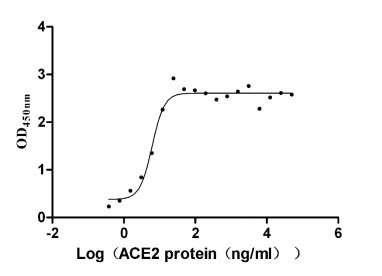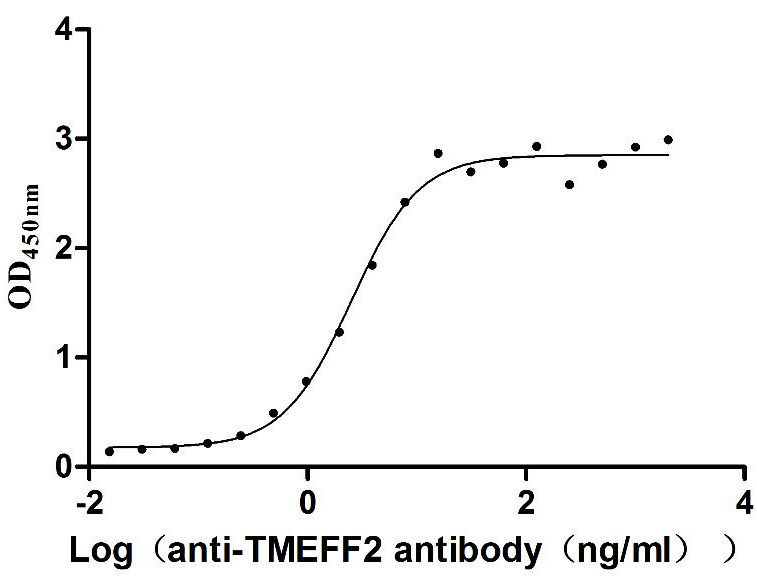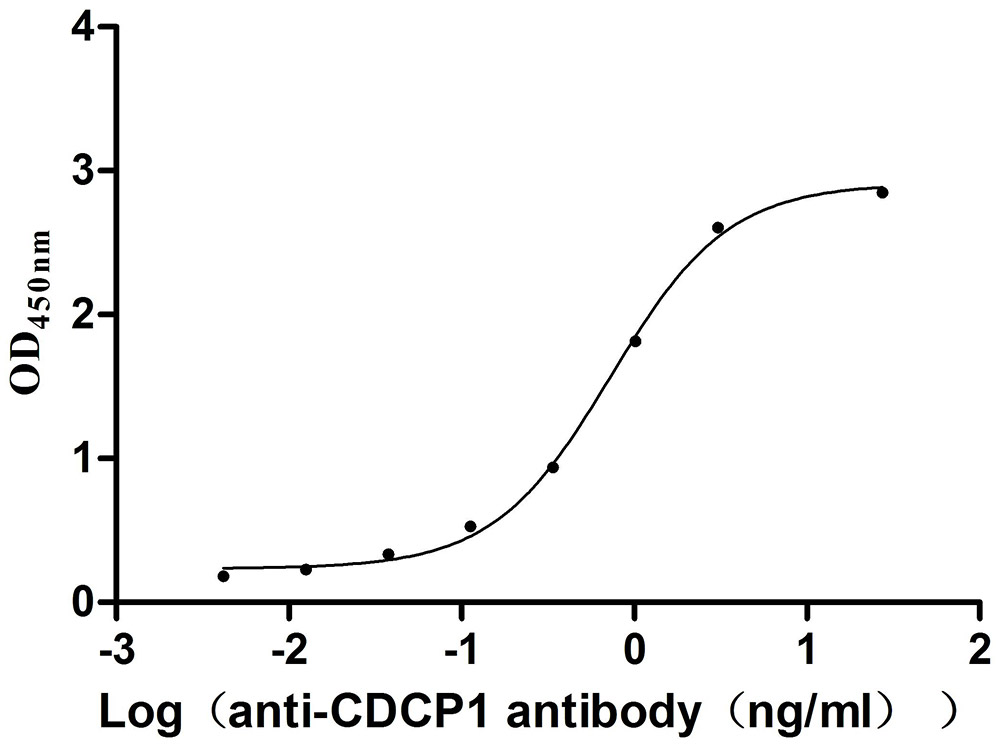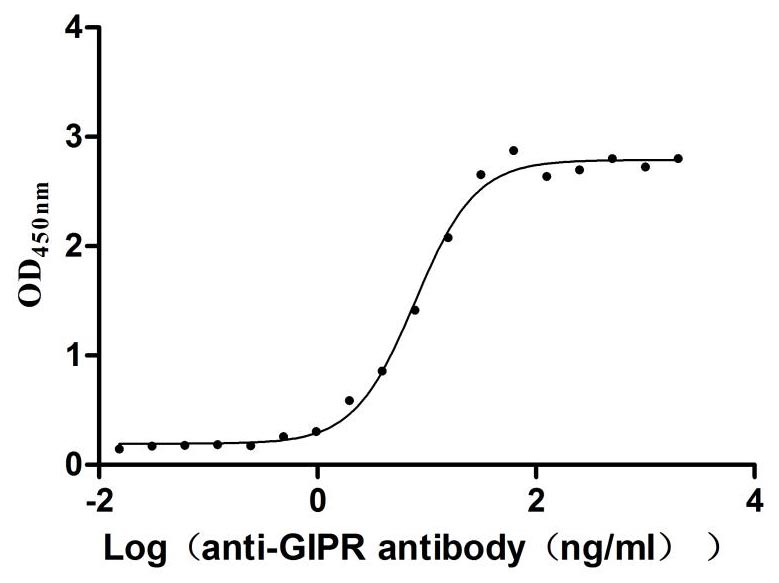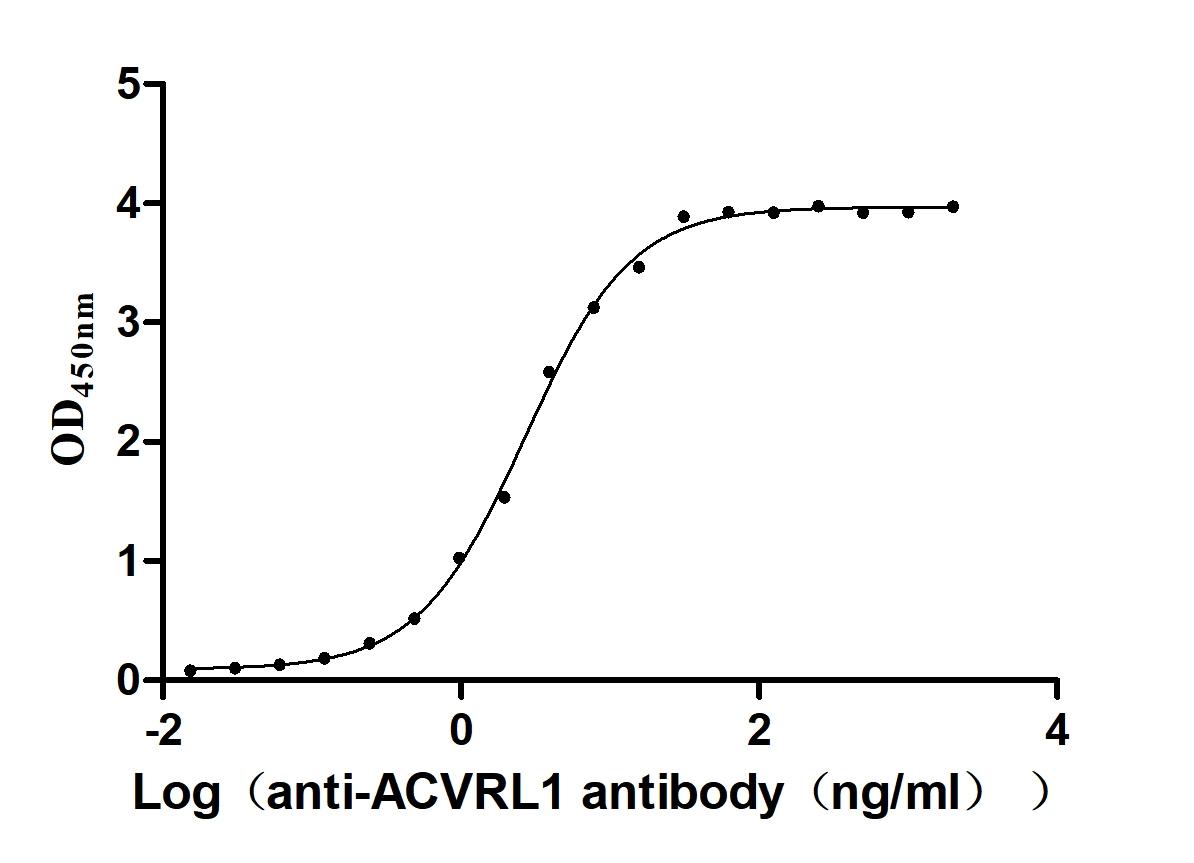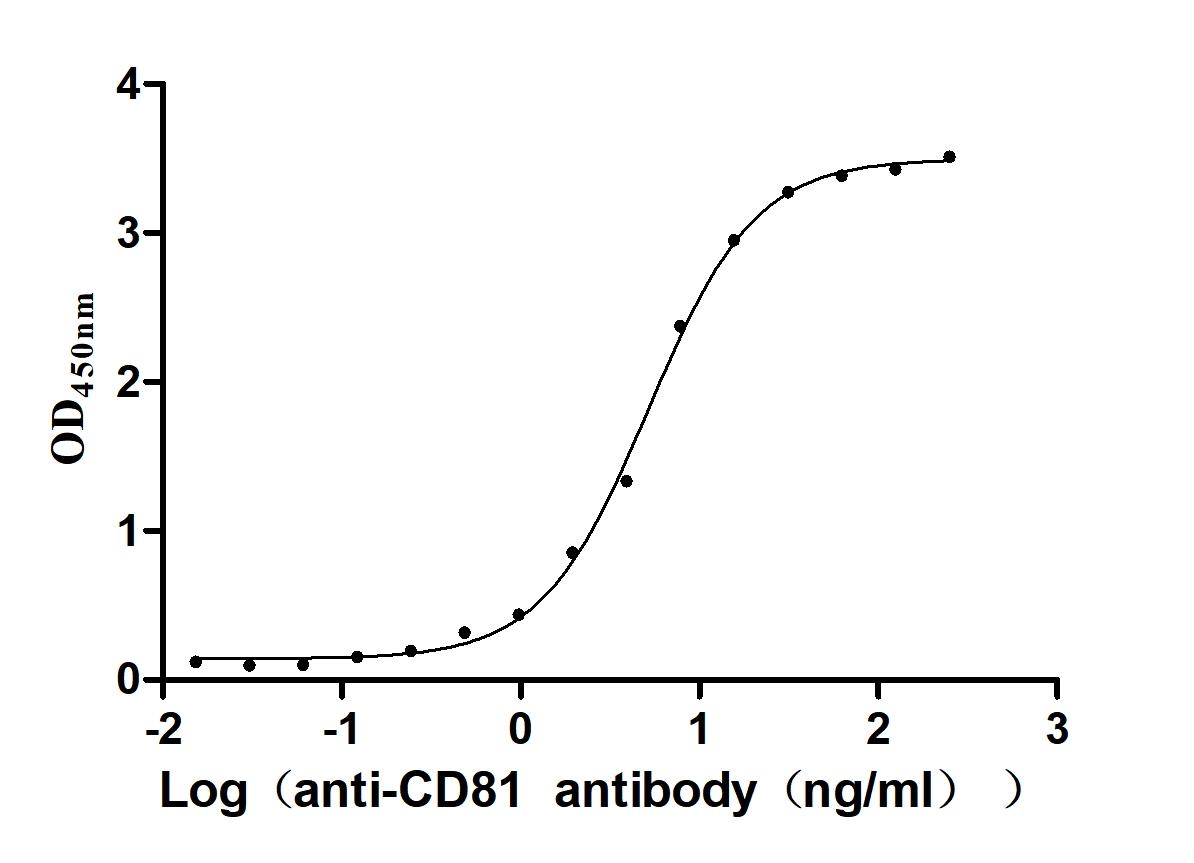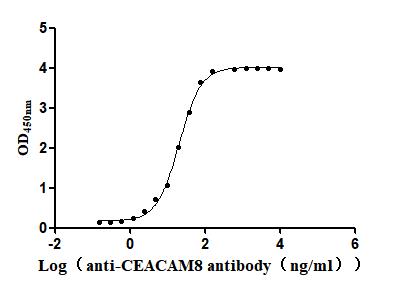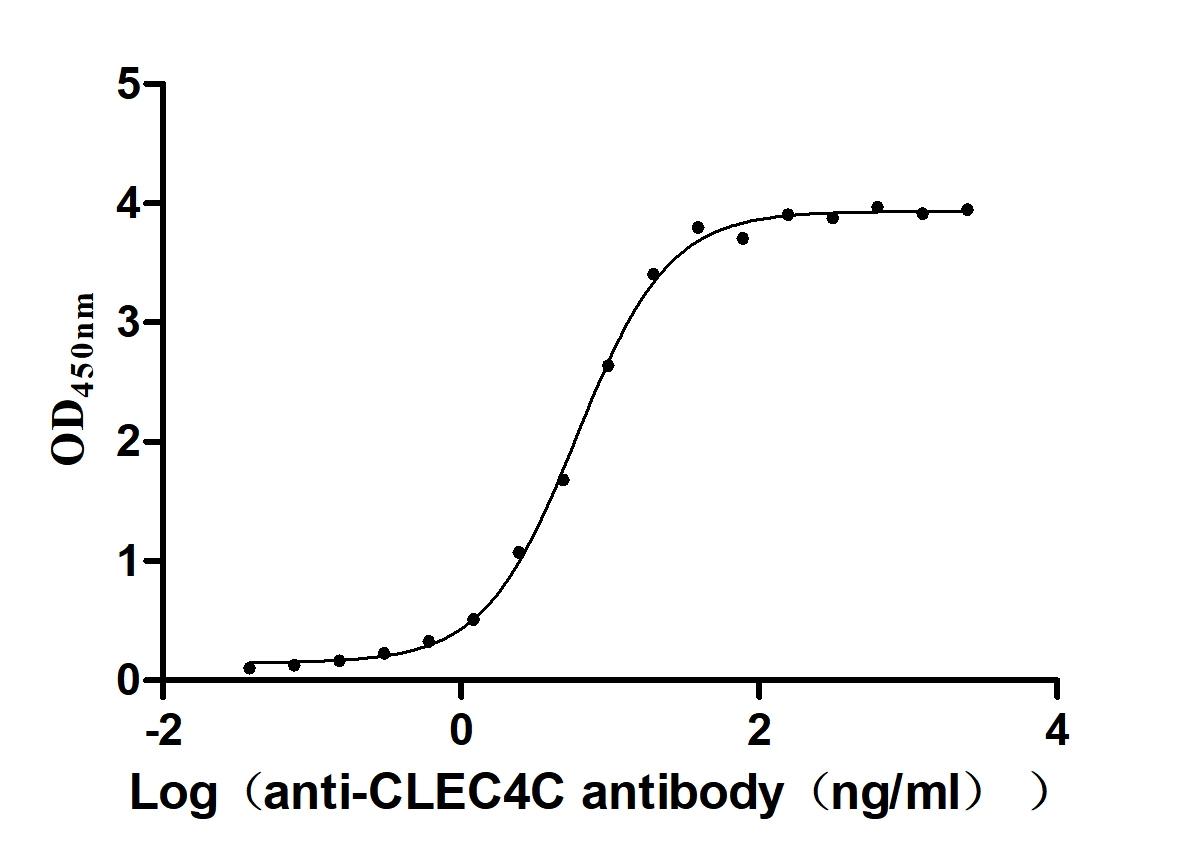Recombinant Mouse Pituitary homeobox 1 (Pitx1)
-
中文名稱:Recombinant Mouse Pituitary homeobox 1 (Pitx1)
-
貨號:CSB-YP018042MO
-
規(guī)格:¥2208
-
圖片:
-
其他:
產(chǎn)品詳情
-
純度:Greater?than?85%?as?determined?by?SDS-PAGE.
-
生物活性:Not Test
-
基因名:Pitx1
-
Uniprot No.:
-
種屬:Mus musculus (Mouse)
-
蛋白長度:Full Length
-
來源:Yeast
-
分子量:35.6 kDa
-
表達區(qū)域:1-315aa
-
氨基酸序列MDAFKGGMSLERLPEGLRPPPPPPHDMGPSFHLARAADPREPLENSASESSDADLPDKERGGEAKGPEDGGAGSAGCGGGAEDPAKKKKQRRQRTHFTSQQLQELEATFQRNRYPDMSMREEIAVWTNLTEPRVRVWFKNRRAKWRKRERNQQLDLCKGGYVPQFSGLVQPYEDVYAAGYSYNNWAAKSLAPAPLSTKSFTFFNSMSPLSSQSMFSAPSSISSMTMPSSMGPGAVPGMPNSGLNNINNLTGSSLNSAMSPGACPYGTPASPYSVYRDTCNSSLASLRLKSKQHSSFGYGGLQGPASGLNACQYNS
Note: The complete sequence may include tag sequence, target protein sequence, linker sequence and extra sequence that is translated with the protein sequence for the purpose(s) of secretion, stability, solubility, etc.
If the exact amino acid sequence of this recombinant protein is critical to your application, please explicitly request the full and complete sequence of this protein before ordering. -
蛋白標簽:C-terminal 6xHis-tagged
-
產(chǎn)品提供形式:Liquid or Lyophilized powder
Note: We will preferentially ship the format that we have in stock, however, if you have any special requirement for the format, please remark your requirement when placing the order, we will prepare according to your demand. -
緩沖液:If the delivery form is liquid, the default storage buffer is Tris/PBS-based buffer, 5%-50% glycerol. If the delivery form is lyophilized powder, the buffer before lyophilization is Tris/PBS-based buffer, 6% Trehalose, pH 8.0.
-
復溶:We recommend that this vial be briefly centrifuged prior to opening to bring the contents to the bottom. Please reconstitute protein in deionized sterile water to a concentration of 0.1-1.0 mg/mL.We recommend to add 5-50% of glycerol (final concentration) and aliquot for long-term storage at -20℃/-80℃. Our default final concentration of glycerol is 50%. Customers could use it as reference.
-
儲存條件:Store at -20°C/-80°C upon receipt, aliquoting is necessary for mutiple use. Avoid repeated freeze-thaw cycles.
-
保質(zhì)期:The shelf life is related to many factors, storage state, buffer ingredients, storage temperature and the stability of the protein itself.
Generally, the shelf life of liquid form is 6 months at -20°C/-80°C. The shelf life of lyophilized form is 12 months at -20°C/-80°C. -
貨期:Basically, we can dispatch the products out in 3-7 working days after receiving your orders. Delivery time may differ from different purchasing way or location, please kindly consult your local distributors for specific delivery time.
-
注意事項:Repeated freezing and thawing is not recommended. Store working aliquots at 4℃ for up to one week.
-
Datasheet & COA:Please contact us to get it.
相關產(chǎn)品
靶點詳情
-
功能:Sequence-specific transcription factor that binds gene promoters and activates their transcription. May play a role in the development of anterior structures, and in particular, the brain and facies and in specifying the identity or structure of hindlimb. Can independently activate and synergize with PIT-1 on pituitary-specific target gene promoters, thus may subserve functions in generating both precursor and specific cell phenotypes in the anterior pituitary gland and in several other organs. Can activate pituitary transcription of the proopiomelanocortin gene.
-
基因功能參考文獻:
- Pitx1 distal enhancer loss have only mild effects on Pitx1 expression in the hindlimb and no overt effects on hindlimb or mandibular morphology. PMID: 29549111
- data suggest that PITX1 promotes chondrogenesis and myogenesis in the hindlimb by direct regulation of several key members of the cartilage and muscle transcriptional networks. PMID: 29273440
- Results indicate autonomously programmed differences in forelimb and hindlimb cartilage precursors of the limb skeleton are controlled, at least in part, by Pitx1 and suggest this has an important role in generating distinct limb-type morphologies. PMID: 28746404
- Pitx1 targets sites that are in a similar chromatin state in Forelimbs (FLs) and hindlimbs and controls expression of patterning genes as well as the chondrogenic program. PMID: 28807899
- Pitx1 influences hindlimb morphology both through the activation of hindlimb-specific enhancers as well as through the hindlimb-specific modulation of enhancers that are active in both sets of limbs PMID: 23201014
- The results suggest that PITX2 and PITX1 have overlapping roles in thyrotroph function and response to hypothyroidism. PMID: 21964592
- PITX1 haploinsufficiency may cause a developmental field defect preferentially affecting the lateral lower leg. PMID: 21775501
- It was shown that, firstly, Pitx1 influences hindlimb outgrowth by regulating Tbx4 expression levels and that, subsequently,Pitx1 shapes hindlimb bone and soft tissue morphology independently of Tbx4. PMID: 22071103
- These findings provide evidence that c-Abl participates in modulating Pitx1 expression in the apoptotic response to DNA damage. PMID: 20563669
- Thus, Pitx1 and Pitx2 genes are required for sustained hindlimb bud growth and formation of hindlimbs PMID: 12441290
- expression during cardiovascular development PMID: 12858527
- PITX1 autoregulation depends on DNA-binding and trans-activation domains of Pitx1 and it may be responsible for establishment and/or maintenance of the Pitx1 expression domain. PMID: 14512705
- Results suggest that pituitary homeobox 1 (Pitx-1) can direct transactivation of the mouse gonadotropin-releasing hormone receptor gene, in part by DNA binding and in part by an action of Pitx-1 as a cofactor for AP-1 PMID: 15226417
- Although PITX1 protein is present in expression pattern similar to PITX2 throughout pituitary development, it has less prominent role than PITX2. PMID: 15761027
- These results demonstrate that Pitx1, but not Tbx4, determines the morphological identity of hindlimb tissues. PMID: 16989801
- Deletion of the Pitx1 genomic locus affects mandibular morphogenesis and expression of the Barx1 and Tbx1 genes. PMID: 18082678
顯示更多
收起更多
-
亞細胞定位:Nucleus.
-
蛋白家族:Paired homeobox family, Bicoid subfamily
-
組織特異性:Expressed in primordial Rathke pouch, oral epithelium, first branchial arch, duodenum, and hindlimb.
-
數(shù)據(jù)庫鏈接:
Most popular with customers
-
Recombinant Paguma larvata Angiotensin-converting enzyme 2 (ACE2), partial (Active)
Express system: Mammalian cell
Species: Paguma larvata (Masked palm civet)
-
Recombinant Human Tomoregulin-2 (TMEFF2), partial (Active)
Express system: Mammalian cell
Species: Homo sapiens (Human)
-
Recombinant Mouse CUB domain-containing protein 1 (Cdcp1), partial (Active)
Express system: Mammalian cell
Species: Mus musculus (Mouse)
-
Recombinant Rat Gastric inhibitory polypeptide receptor (Gipr), partial (Active)
Express system: Mammalian cell
Species: Rattus norvegicus (Rat)
-
Recombinant Human Serine/threonine-protein kinase receptor R3 (ACVRL1), partial (Active)
Express system: Baculovirus
Species: Homo sapiens (Human)
-
Recombinant Human CD81 antigen (CD81), partial (Active)
Express system: Mammalian cell
Species: Homo sapiens (Human)
-
Recombinant Human Carcinoembryonic antigen-related cell adhesion molecule 8(CEACAM8) (Active)
Express system: Mammalian cell
Species: Homo sapiens (Human)
-
Recombinant Macaca fascicularis C-type lectin domain family 4 member C(CLEC4C), partial (Active)
Express system: Mammalian cell
Species: Macaca fascicularis (Crab-eating macaque) (Cynomolgus monkey)



